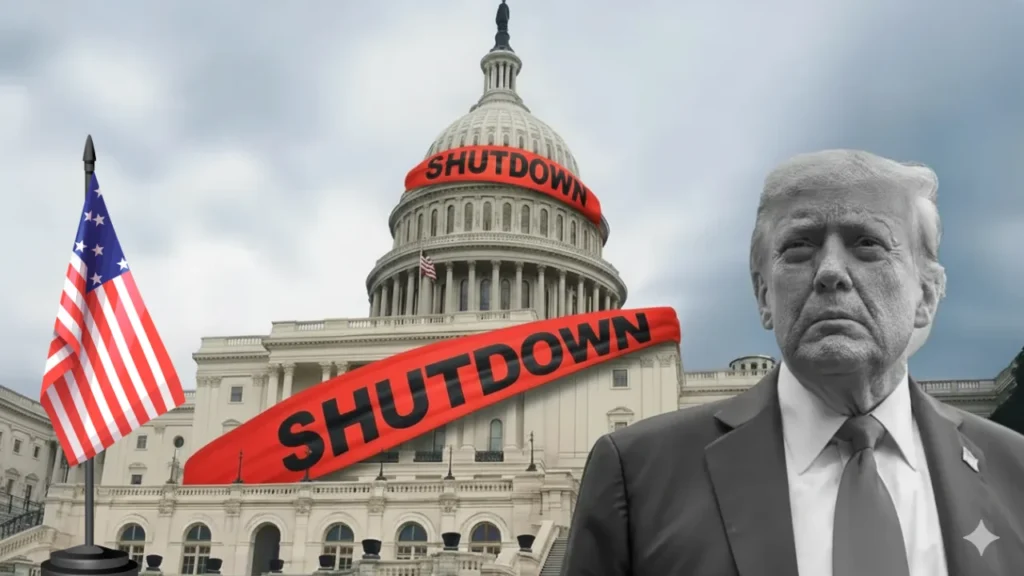Early Monsoon Breaks Records in Mumbai
Mumbai witnessed an extraordinary weather event as the monsoon arrived earliest in 75 years, bringing heavy rainfall across the city. The India Meteorological Department (IMD) confirmed that several areas of Mumbai received more than 200 mm of rain within 24 hours. This intense rainfall has led to waterlogging, traffic disruptions, and challenges for daily commuters. Following the heavy downpour, the IMD issued a red alert for Mumbai and nearby regions. Warning residents to prepare for more heavy rains in the coming days.
A Historic Early Arrival of the Monsoon
Typically, the southwest monsoon arrives in Mumbai by mid-June. But this year it reached the city in early May, marking the earliest onset in three-quarters of a century. According to meteorological experts, factors such as favorable wind currents from the Arabian Sea. Increased moisture levels, and a cyclonic circulation near the Konkan coast contributed to this unusually early and heavy rainfall.
The early arrival of the monsoon has surprised many residents and officials alike. While early monsoon rains can be a welcome relief from the sweltering heat of summer. The sheer volume of water in such a short span has raised concerns about Mumbai’s preparedness to handle sudden heavy showers.
Heavy Rainfall Hits Several Mumbai Localities
Parts of Mumbai, including Dadar, Andheri, Kurla, Sion, and Borivali, saw rainfall ranging between 180 mm and 220 mm in just one day. This heavy rain caused significant waterlogging on roads, forcing people to wade through knee-deep water. Local train services faced delays and disruptions due to water accumulation on tracks. Creating difficulties for commuters traveling to work or school.
Low-lying areas and suburbs were particularly affected, with residents sharing videos on social media showing flooded streets and stranded vehicles. Many shops and offices were forced to close early due to the heavy downpour and worsening conditions on the roads.
Met Department Issues Red Alert
In response to the situation, the IMD issued a red alert for Mumbai, Thane, and Raigad districts. A red alert signals an imminent danger of extremely heavy rainfall that could lead to flooding, landslides, and major disruption of normal life. Authorities urged citizens to remain indoors and avoid unnecessary travel until the situation stabilizes.
Emergency services, including the Brihanmumbai Municipal Corporation (BMC) and disaster management teams, have been put on high alert. Control rooms have been activated to quickly respond to emergencies, and relief efforts are underway to help those affected by the floods.
City Infrastructure Under Strain
The heavy rain exposed the vulnerabilities of Mumbai’s civic infrastructure once again. Despite pre-monsoon preparations and cleaning of drainage systems by the BMC, many drains overflowed rapidly, leading to waterlogging in multiple locations. The existing drainage system struggled to handle the sudden and intense rainfall, highlighting the need for better urban planning and investment in infrastructure.
Local trains on the Central and Western lines were delayed as tracks flooded, causing inconvenience to lakhs of daily commuters. The BMC worked around the clock to pump out water from flooded areas and clear fallen trees and debris. However, residents expressed frustration over recurring waterlogging issues and demanded long-term solutions.
Flight Delays and Power Interruptions
The heavy rains and poor visibility caused disruptions at Mumbai’s Chhatrapati Shivaji Maharaj International Airport, with several flights delayed or diverted. Power cuts were reported in some suburban areas as a precaution to avoid electrical hazards caused by water entering transformers and power lines. Authorities are monitoring the situation closely to restore normalcy as soon as possible.
Safety Tips for Residents
In light of the red alert and ongoing rains, authorities have issued safety guidelines for residents:
- Avoid stepping out during heavy rains unless necessary.
- Stay away from waterlogged roads, open drains, and construction sites.
- Keep emergency numbers handy and report any flooding or fallen trees immediately.
- Ensure that emergency supplies such as flashlights, first-aid kits, and charged mobile phones are available.
- Follow official updates from the IMD and local government agencies for timely information.
The Role of Climate Change and Urban Challenges
Experts suggest that the unusually early and heavy rainfall may be influenced by changing climate patterns. Rising sea temperatures and shifting atmospheric conditions are making monsoon patterns more unpredictable. Scientists warn that such extreme weather events could become more frequent in the future.
Additionally, Mumbai’s rapid urbanization, reduction in green spaces, and inadequate drainage systems have made the city more vulnerable to flooding. Environmentalists stress the importance of sustainable urban development and improved water management systems to reduce the impact of monsoons on the city.
Conclusion: Preparing for a Rainy Season Ahead
Mumbai’s earliest monsoon arrival in 75 years, accompanied by heavy rainfall of over 200 mm, has tested the city’s resilience and readiness. While the rains bring relief from the heat, they also highlight the pressing need to upgrade infrastructure and plan for climate challenges.
The IMD’s red alert and the government’s swift response aim to minimize damage and keep citizens safe during this period. As the monsoon season progresses, residents, authorities, and planners must work together to handle the rains effectively, ensuring Mumbai can face future monsoons with greater preparedness and resilience.
This historic monsoon is both a blessing and a wake-up call — reminding Mumbai to strengthen its defenses and build a safer, more sustainable city for the future.



















